The Cisco Business CBS350-8S-E-2G is a high-performance managed switch designed for small and medium-sized businesses (SMBs) that need enterprise-grade networking solutions. This Cisco Business 350 (CBS350) switch offers advanced security, flexibility, and reliability, making it an excellent choice for organizations that require a robust networking backbone. With eight Gigabit SFP ports and two additional 1G RJ-45 uplink ports, the CBS350-8S-E-2G provides enhanced connectivity options for growing businesses. In this article, we will explore the features, benefits, applications, and technical specifications of this CBS350-8S-E-2G switch, helping you understand why it stands out in the Cisco Business Series.
Cisco CBS350-8S-E-2G Business Managed Switch
The CBS350-8S-E-2G is part of Cisco’s 350 Series of managed switches, which are specifically designed to deliver high-end performance while remaining cost-effective for SMBs. This 8-port Gigabit Ethernet switch is equipped with Layer 2 and Layer 3 features, providing essential networking capabilities such as VLAN support, static routing, and security mechanisms.
With Energy Efficient Ethernet (EEE) and fanless operation, this switch is designed for silent operation, making it ideal for office environments where noise reduction is crucial. Additionally, it supports advanced management features, including a web-based UI, CLI, and SNMP, allowing IT administrators to efficiently configure and monitor the network.
Key Features of the Cisco CBS350-8S-E-2G
1. Eight Gigabit SFP Ports for High-Speed Networking
The switch includes 8 SFP ports, which allow businesses to establish fiber-optic connections for higher bandwidth and longer distances. This makes it ideal for branch offices, data centers, and remote work environments that require seamless connectivity.
2. Two Gigabit RJ-45 Uplink Ports
In addition to the SFP ports, the switch also comes with two 1G Ethernet uplink ports, ensuring flexibility in network topology. These ports can be used for direct connections to routers, firewalls, or other switches for increased network efficiency.
3. Advanced Layer 3 Capabilities
Unlike basic Layer 2 switches, the CBS350-8S-E-2G includes static Layer 3 routing, which enables inter-VLAN communication and optimized traffic flow, reducing the need for an external router in small networks.
4. Security-Driven Networking
Cisco has embedded strong security features into this switch, including:
- 802.1X Authentication to control network access
- Access Control Lists (ACLs) for traffic filtering
- Port Security to prevent unauthorized device connections
- Denial-of-Service (DoS) Protection for enhanced network resilience
5. Fanless, Energy-Efficient Design
This switch operates silently with a fanless design, making it an excellent choice for office environments, retail stores, and hospitality businesses. It also supports Energy Efficient Ethernet (EEE), reducing power consumption when network traffic is low.
6. VLAN and QoS for Traffic Prioritization
The CBS350-8S-E-2G provides VLAN support, allowing businesses to segment their network for better security and performance. Additionally, Quality of Service (QoS) ensures that critical applications, such as VoIP and video conferencing, receive higher priority to maintain smooth communication.
Benefits of the CBS350-8S-E-2G Switch
- Scalability and Future-Proofing: With Gigabit SFP ports and uplink flexibility, this switch allows businesses to scale their networks efficiently. As fiber-optic connections become more widespread, having SFP-based infrastructure ensures your network is ready for future expansion.
- Simplified Network Management: Cisco’s web-based dashboard makes it easy to configure and monitor network settings. IT administrators can manage the switch via CLI (Command Line Interface), SNMP (Simple Network Management Protocol), or the Cisco Business Dashboard, providing multiple options based on expertise levels.
- Enhanced Security for Business Data: The switch’s security features protect against unauthorized access and cyber threats, making it ideal for businesses handling sensitive data, such as financial institutions, healthcare providers, and government offices.
- Cost-Effective Enterprise Features: Despite offering enterprise-grade features, the CBS350-8S-E-2G remains affordable for SMBs, providing a high return on investment (ROI) while ensuring top-tier performance.
- Reliable Performance with Low Maintenance: Cisco is known for producing highly reliable networking equipment, and the CBS350-8S-E-2G is no exception. With a limited lifetime warranty and firmware updates from Cisco, businesses can expect long-term stability and low maintenance costs.
Applications of the Cisco CBS350-8S-E-2G
- Small and Medium-Sized Business Networks: This switch is an excellent choice for SMBs that need secure and high-speed connectivity for their operations, ensuring efficient communication between workstations, servers, and cloud services.
- Data Center and Server Connectivity: With Gigabit SFP ports, the CBS350-8S-E-2G is well-suited for connecting servers and storage devices in data centers, ensuring low-latency and high-throughput data transmission.
- VoIP and Video Conferencing Solutions: Thanks to QoS support, this switch can prioritize voice and video traffic, making it perfect for businesses that rely on VoIP phone systems and online meetings.
- Retail, Healthcare, and Hospitality Networks: Retail stores, hospitals, and hotels can benefit from the CBS350-8S-E-2G due to its scalability, security, and silent operation, allowing for seamless customer service and efficient operations.
CBS350-8S-E-2G vs. CBS350-8T-E-2G – What’s the Difference?
The CBS350-8S-E-2G and CBS350-8T-E-2G are both part of Cisco’s 350 Series of managed switches, but they differ in terms of port configurations and use cases.
| Feature | CBS350-8S-E-2G (SFP Model) | CBS350-8T-E-2G (RJ-45 Model) |
|---|---|---|
| Port Type | 8 × Gigabit SFP | 8 × Gigabit RJ-45 (Copper) |
| Uplink Ports | 2 × 1G RJ-45 | 2 × 1G SFP |
| Best for | Fiber-based networks (long-distance, high-speed connections) | Copper-based networks (standard Ethernet connections) |
| Flexibility | Requires SFP modules for connectivity | Directly connects to Ethernet devices |
| Power Consumption | Generally lower due to fiber efficiency | Slightly higher due to copper transmission |
Which One Should You Choose?
- If your network relies on fiber connections for long-distance and high-speed communication, the CBS350-8S-E-2G is the better option.
- If your network primarily uses Ethernet (RJ-45) devices, the CBS350-8T-E-2G is more suitable for direct connectivity.
Both switches offer advanced Layer 3 features, VLAN support, QoS, and strong security, making them great choices for small to medium-sized businesses looking for a reliable managed switch.
How to Set Up the CBS350-8S-E-2G for Optimal Performance?
Setting up the Cisco Business CBS350-8S-E-2G switch for optimal performance involves configuring VLANs, security settings, QoS, and management options. Follow these steps to ensure your network runs efficiently:
1. Initial Setup
A. Connect to the Switch
- Power on the switch and connect your PC to one of the RJ-45 uplink ports (or use a console cable if needed).
- Set your PC’s IP address to the same subnet as the default switch IP (192.168.1.254).
- Open a web browser and enter
http://192.168.1.254to access the web-based GUI. - Log in with default credentials:
- Username:
cisco - Password:
cisco
(Change the password immediately for security.)
- Username:
2. Configure Network Settings
A. Set Up a Static IP
- Navigate to Administration → Management Interface.
- Assign a static IP address for easier management.
B. Enable Spanning Tree Protocol (STP)
- Go to Spanning Tree settings.
- Enable RSTP (Rapid Spanning Tree Protocol) to prevent loops.
3. VLAN Configuration
A. Create VLANs
- Go to VLAN Management → Create VLAN.
- Assign VLAN IDs and names (e.g., VLAN 10 for employees, VLAN 20 for guests).
- Apply VLANs to specific SFP ports.
B. Assign VLANs to Ports
- Navigate to Interface Settings and set Access or Trunk mode:
- Access Mode: Assigns a single VLAN to a port.
- Trunk Mode: Allows multiple VLANs over the same port (used for inter-switch links).
4. Optimize Performance
A. Enable QoS (Quality of Service)
- Go to QoS Settings.
- Prioritize critical traffic (e.g., VoIP, video conferencing).
B. Configure Link Aggregation (LAG)
- If using multiple uplinks, enable LAG (LACP) for better redundancy and bandwidth.
5. Security Enhancements
A. Enable Port Security
- Limit MAC addresses per port to prevent unauthorized devices.
B. Activate DHCP Snooping
- Blocks rogue DHCP servers.
C. Enable Access Control Lists (ACLs)
- Restrict access to certain IPs or networks.
6. Save Configuration & Monitor Performance
- Click Apply and save the settings to startup config.
- Regularly check performance using the Monitoring → Traffic Statistics section.
CBS350-8S-E-2G Technical Specifications
| Feature | Details |
|---|---|
| Model | CBS350-8S-E-2G |
| Ports | 8 × Gigabit SFP, 2 × 1G RJ-45 |
| Layer Support | Layer 2 and Layer 3 (Static Routing) |
| Management | Web GUI, CLI, SNMP, Cisco Business Dashboard |
| Security Features | 802.1X, ACL, DoS Protection, Port Security |
| QoS Support | Yes (Traffic Prioritization) |
| Power Supply | External Power Adapter |
| Energy Efficiency | Energy Efficient Ethernet (EEE) |
| Operating Temperature | 0°C to 40°C (32°F to 104°F) |
| Form Factor | Compact, Fanless Design |
Conclusion
The CBS350-8S-E-2G is an ideal networking solution for SMBs looking for a scalable, secure, and high-performance switch. With Gigabit SFP ports, Layer 3 routing, and advanced security, this switch is well-suited for businesses that demand reliable and future-proof networking infrastructure. By investing in CBS350-8S-E-2G, organizations can enhance network efficiency, reduce downtime, and ensure seamless connectivity for years to come.



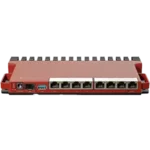

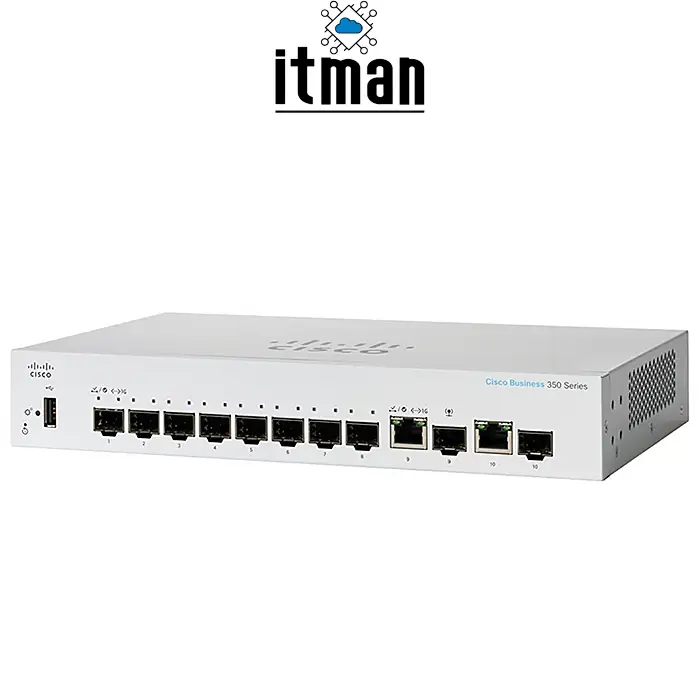

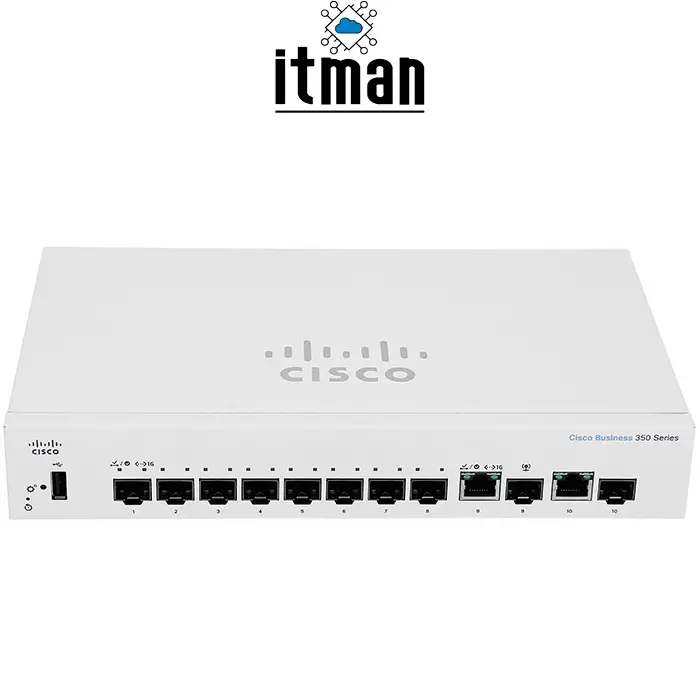
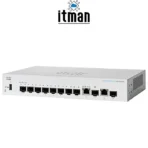

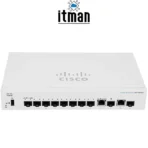
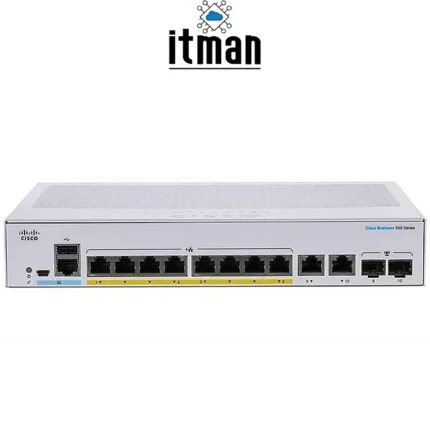
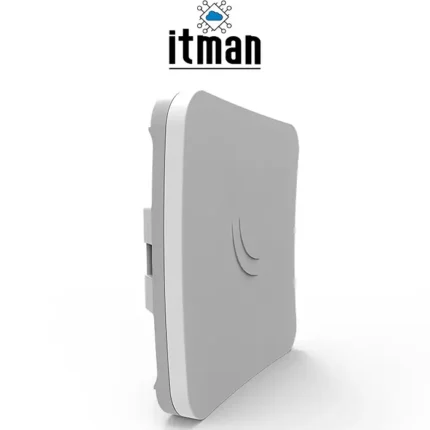

 ? Message us on
? Message us on 
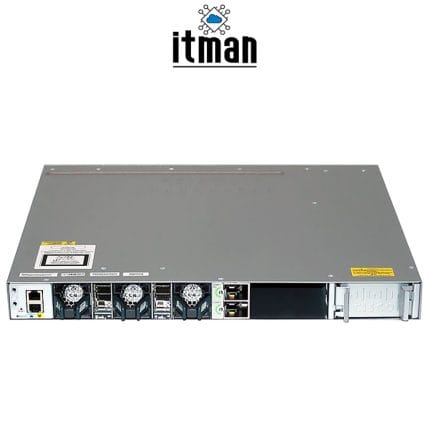
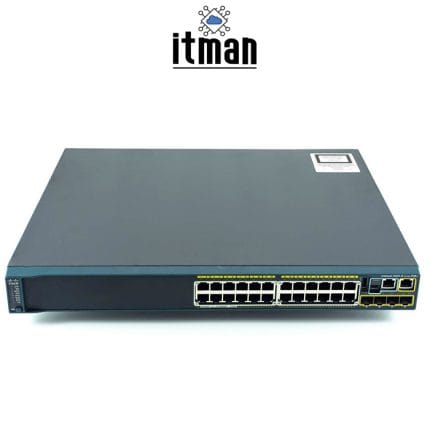
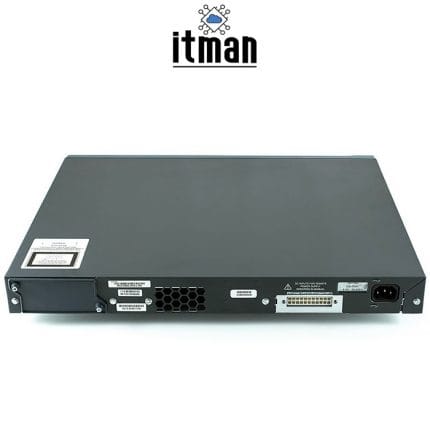
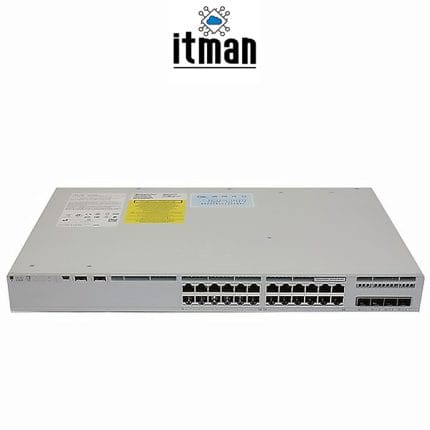
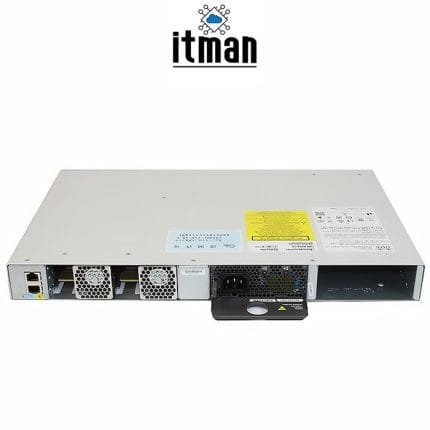

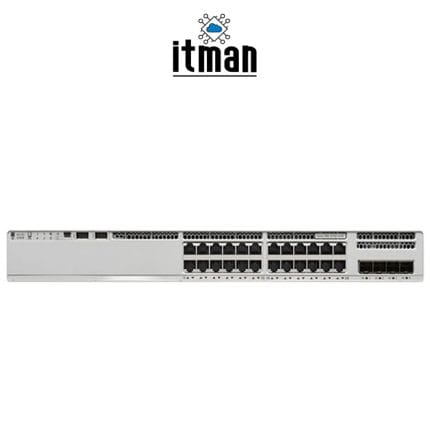
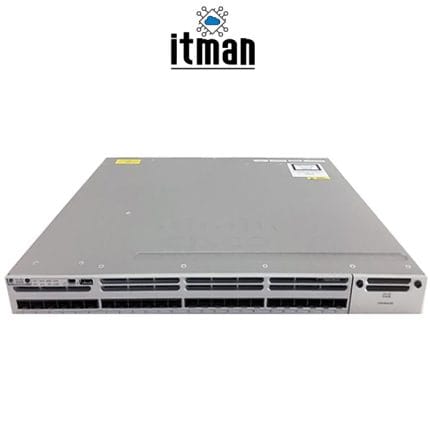
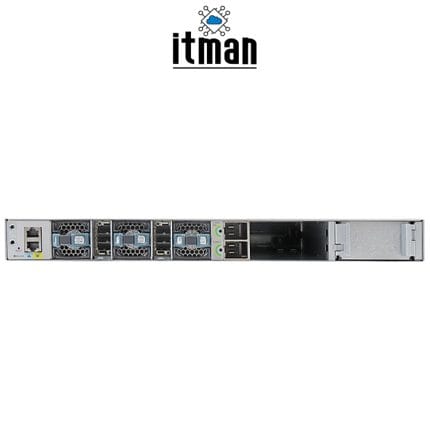
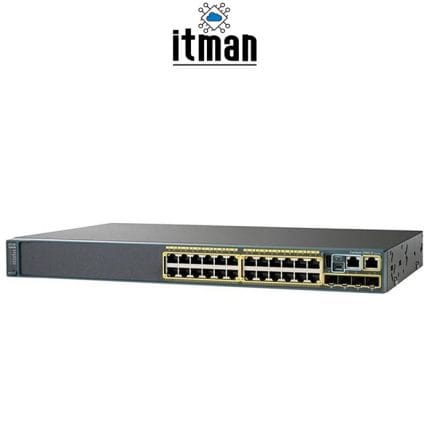
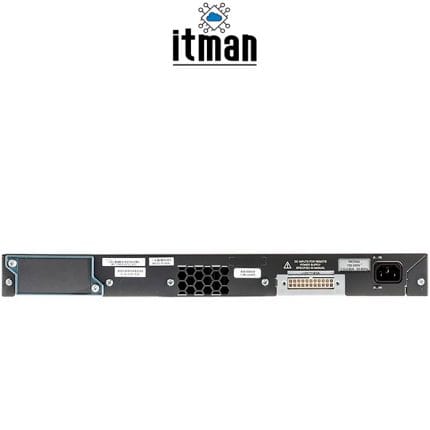
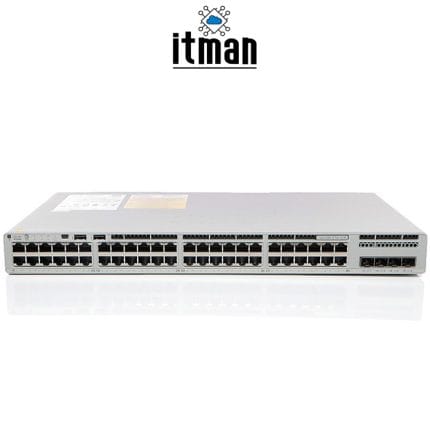
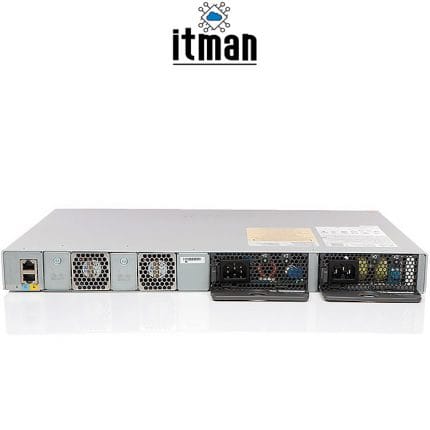
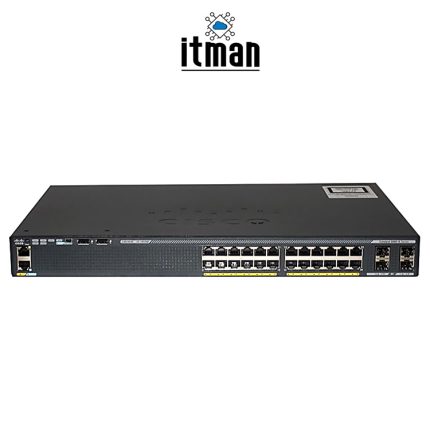









Reviews
There are no reviews yet.